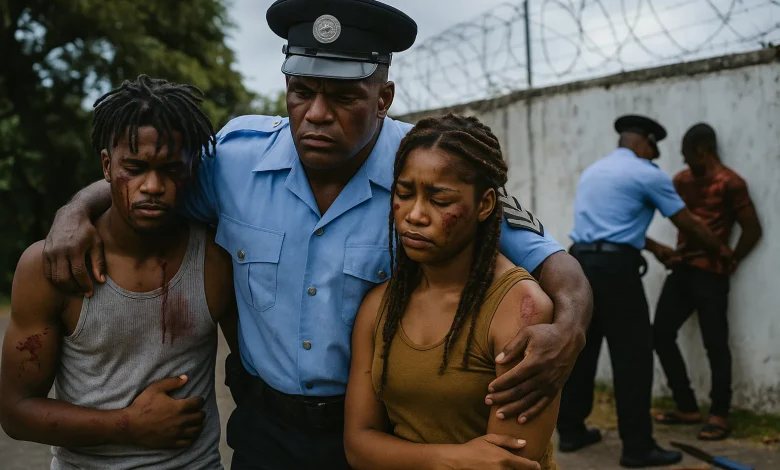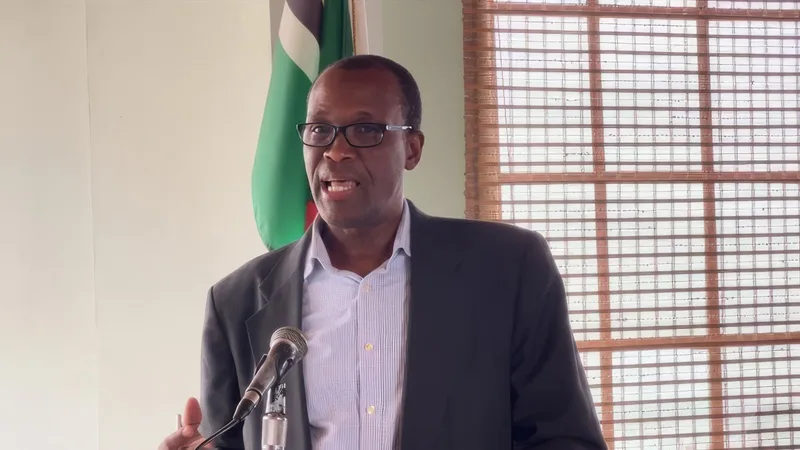Violence in Dominica

Violence in Dominica is expressed in multiple ways, including homicides, domestic abuse, youth aggression, workplace intimidation, and crime in business settings. While the island records lower overall crime than some regional peers, its exposure to firearms trafficking and narcotics trans-shipment increases risks. The impacts are visible across homes, schools, communities, and the economy, making violence both a security and social challenge.
Crime Statistics and Trends
Homicide remains the most visible marker of violence. Data from MacroTrends places Dominica’s rate at 20.83 per 100,000 in 2020, dropping to 13.81 in 2021. Earlier figures were 18.20 in 2019 and 18.36 in 2018, suggesting fluctuations rather than a steady decline. Police statements in 2024 confirmed a reduction in murder cases but also reported increases in drug-related offences and firearm possession, pointing to a shift in how violence manifests.
Community-level crime includes robberies, assaults, and land disputes, often intensified by alcohol or drug use. Illegal firearms arriving via maritime routes from Venezuela remain a key concern, fuelling incidents of gun-related violence. Although foreign advisories classify the country as relatively safe, especially for tourists, these patterns indicate vulnerabilities in public safety.
Violence in Social Spaces
In schools, student fights and bullying remain issues of concern. Teachers and NGOs report that aggression is sometimes linked to cannabis and alcohol use, and there is insufficient counselling support to address behavioural challenges. These patterns reflect wider community pressures and highlight the need for early interventions.
Domestic and family violence is another persistent form. Reports from women’s groups and international human-rights reviews describe regular cases of intimate partner abuse, child neglect, and sexual violence. Enforcement mechanisms, such as restraining orders, exist under law, but cultural stigma and under-reporting hinder progress. Limited shelters and long-term support services constrain victim protection.
Workplace and Business-Related Violence
Violence also extends into workplaces and business environments. Employees have reported harassment and intimidation, while small businesses, especially in retail and trade, face the threat of armed robbery. After Hurricane Maria in 2017, widespread looting exposed how fragile business security can be during national crises. Even in normal times, entrepreneurs invest in private security, increasing the cost of doing business. Such incidents illustrate how violence affects not just individuals but also Dominica’s economic climate.
Institutional and Policy Responses
The Commonwealth of Dominica Police Force (CDPF) leads enforcement, supported by the Customs Division and coast guard in tackling arms and narcotics cases. Key legislation includes the Proceeds of Crime Act, the Drugs (Prevention of Misuse) Act, and the Criminal Law (Miscellaneous Provisions) Act, which collectively strengthen penalties and enable asset seizure. The Bureau of Gender Affairs runs programmes targeting domestic violence awareness, while NGOs support victims and push for reforms.
Dominica also benefits from membership in the Regional Security System (RSS), which provides joint training, intelligence sharing, and rapid-response mechanisms to address transnational threats. Looking forward, reducing violence in Dominica depends on expanding youth programmes, strengthening victim services, and tightening firearm control. Success will rely not only on policing but also on broader social development to address root causes in communities, schools, homes, and workplaces.




